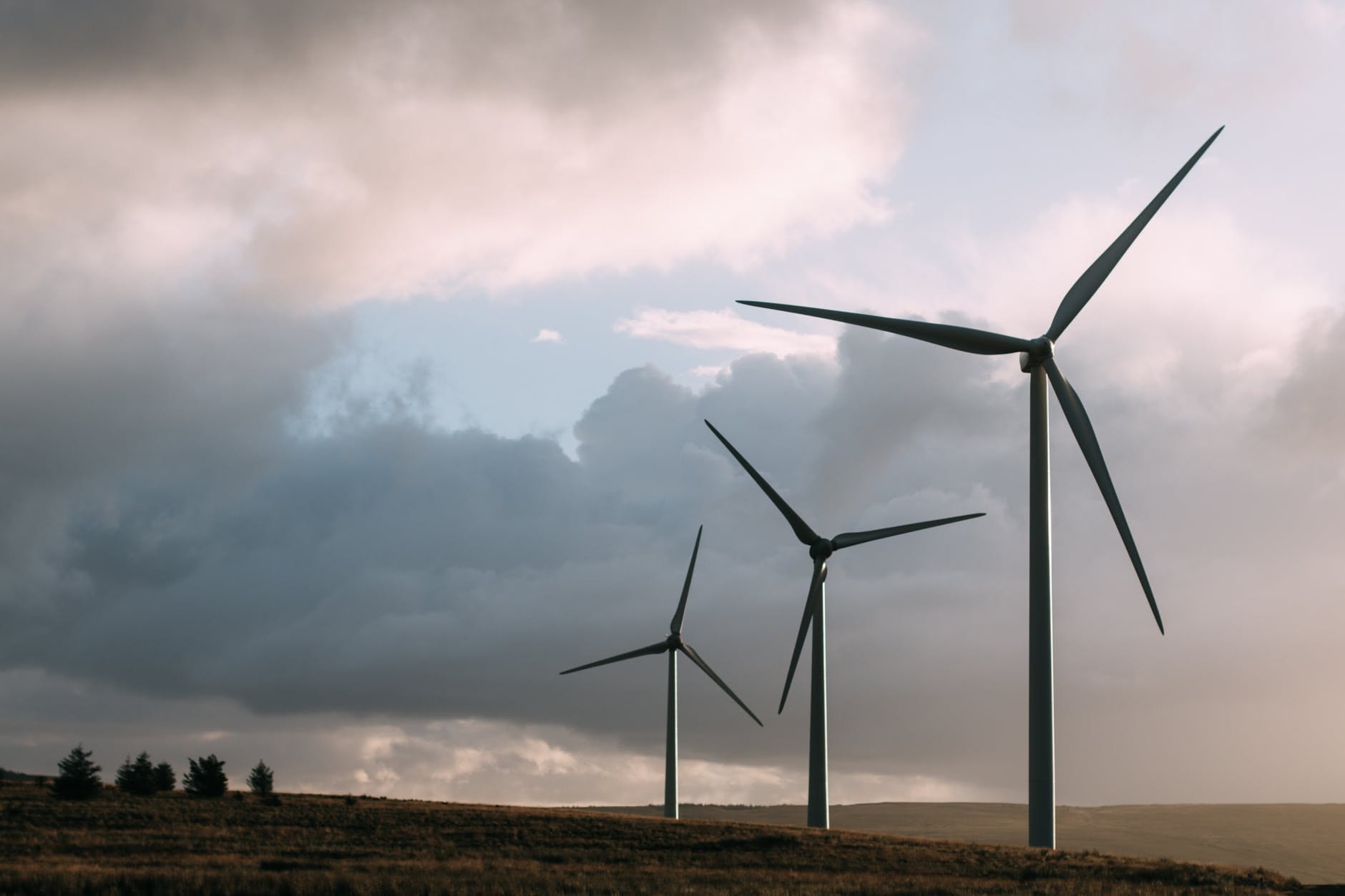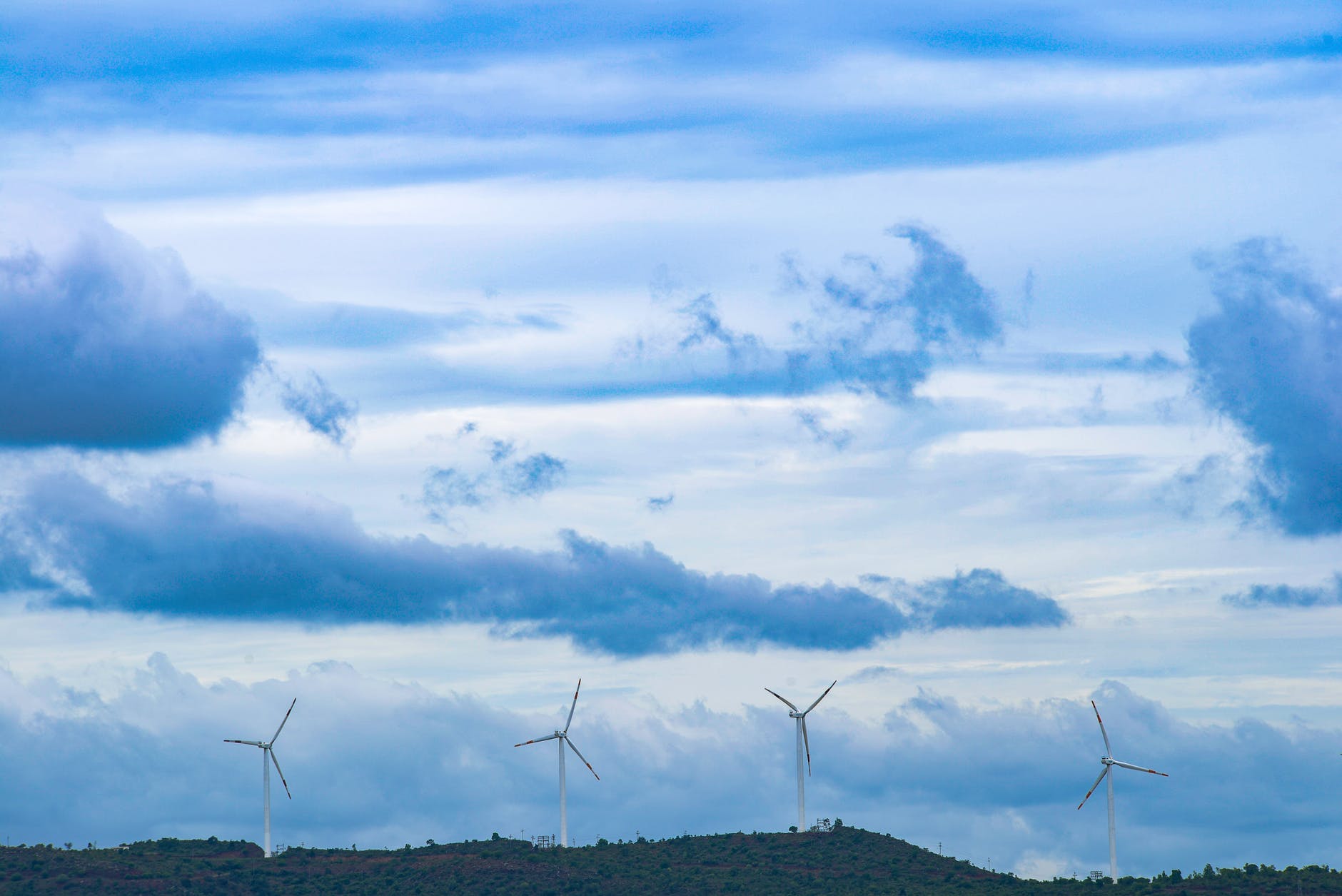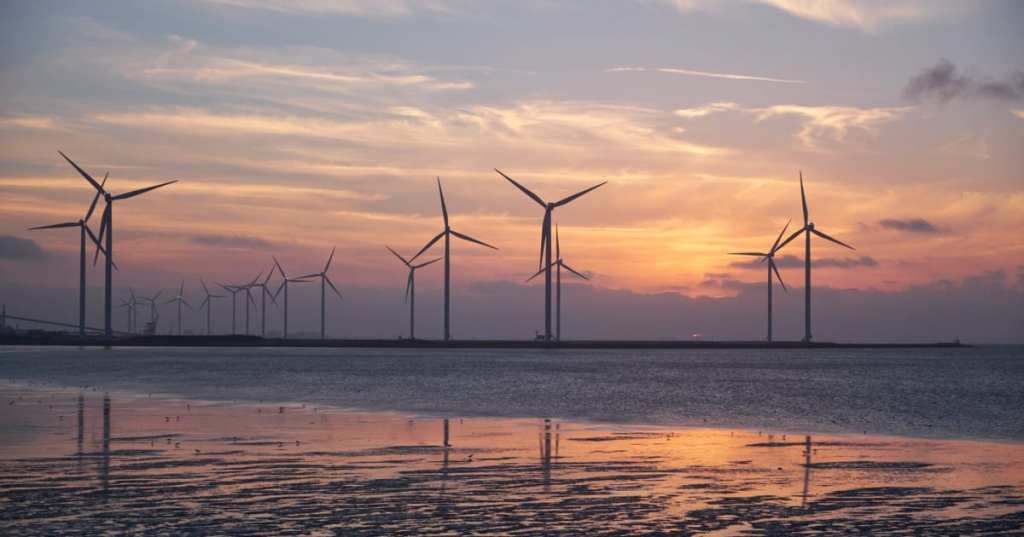You might have heard recently, during the apocalyptic ice and snow event that caused power outages all over Texas, that wind turbines being unable to operate in the extreme cold were at least partly to blame for the catastrophe that took several dozen lives.
Since, however, wind turbines thrive in places with extreme weather, such as Antarctica, that line of thinking doesn’t exactly hold water – or at least, it doesn’t have to, and here’s why.

Image Credit: Pexels
Near the McMurdo Station, the U.S.’s main research station in Antarctica, annual temperatures average zero degrees F, though they often drop much lower. Still, a few wind turbines manage to provide the same amount of electricity that would be needed to power 100 American homes – taking the place of over 120,000 gallons of diesel fuel each year.
Despite the talk after the failures in Texas, wind turbines often operate in frigid conditions. The difference is, you do have to weatherize them if you expect them to perform during times of extreme weather.
Grant Goodrich, the executive director of the Great Lakes Energy Institute, explains why wind seems to be special.
“That’s normal. We’ve thought of solar and wind as part of our overall supply of electricity.”
Another fun fact: over 40% of Iowa’s electricity comes from the wind, so the turbines are perfectly capable of producing in the cold.
The reason? It’s super affordable and easy to use and distribute.

Image Credit: Pexels
“The economics are there,” reiterates Gavin Dillingham, the energy director at the Houston Advanced Research Center.
All you have to do to operate wind turbines in the cold is to apply some heat to essential components of the turbines, such as the motor and gears, says Vijay Modi, a professor of mechanical engineering at Columbia University.
It does add costs, about 10% of the price of a new turbine, and some of the stored energy will be diverted to warming the turbines themselves during extreme weather.
“Cold climate weatherized wind turbines are not rocket science.
The electricity output of the turbine reduces slightly when heating elements that prevent freeze-up kick in.
But this is a very small reduction in turbine output considering that otherwise you risk having no output at all.”
Ice formation can obviously be an issue, but research and production of ice-resistant coatings is heating up.
Heh.
Wind turbines aren’t the only energy infrastructure that’s getting a makeover after recent events – back in 2011, the Federal Energy Regulatory Commission recommended Texas’s electrical infrastructure, including gas plants and pipelines, wind turbines, and transmission lines all be updated so they would be winter ready.
No one listened, and now homes – and lives – have been lost.

Image Credit: Pexels
Wind energy is set to multiply across the nation, and more and more storage options are being researched and becoming available.
Modi and others urge that all turbines be weatherized in case of unexpected weather events – it’s a small upfront cost when you consider what happened recently in Texas.
Let’s hope this time, someone with the power to make changes is willing to take action.






